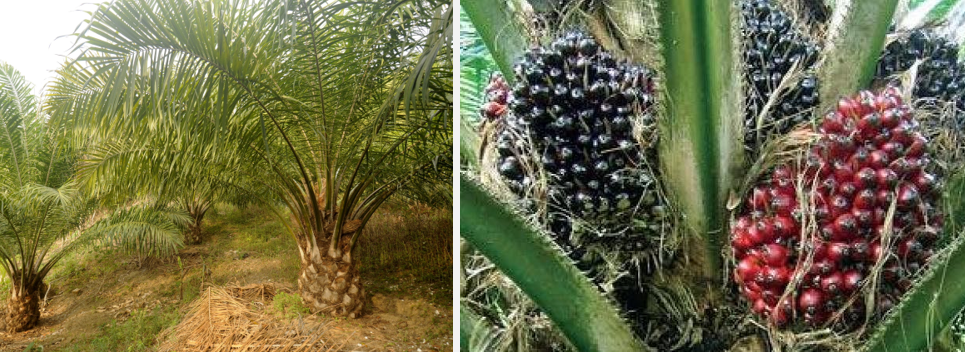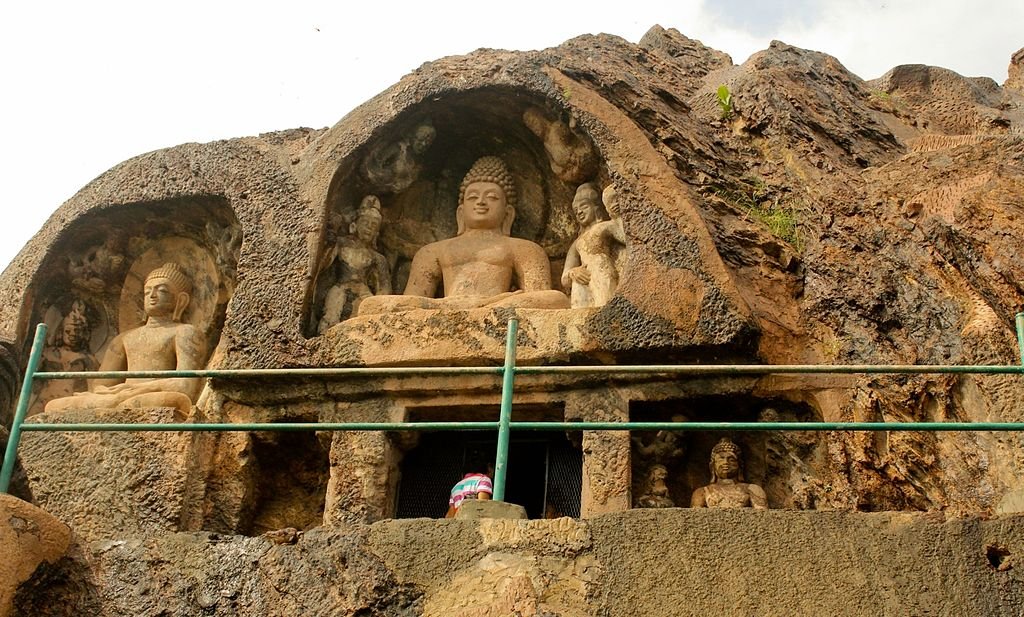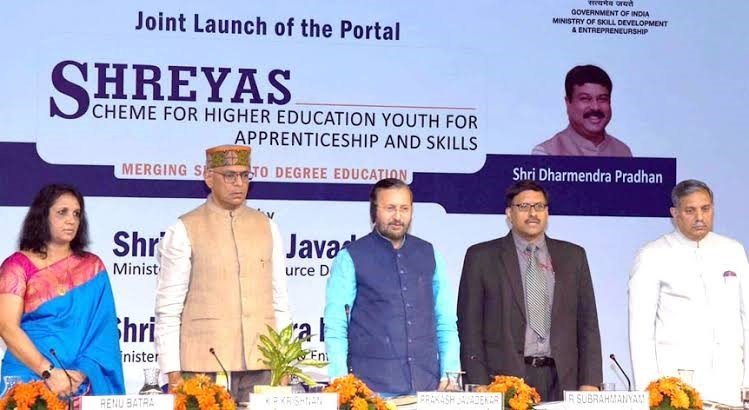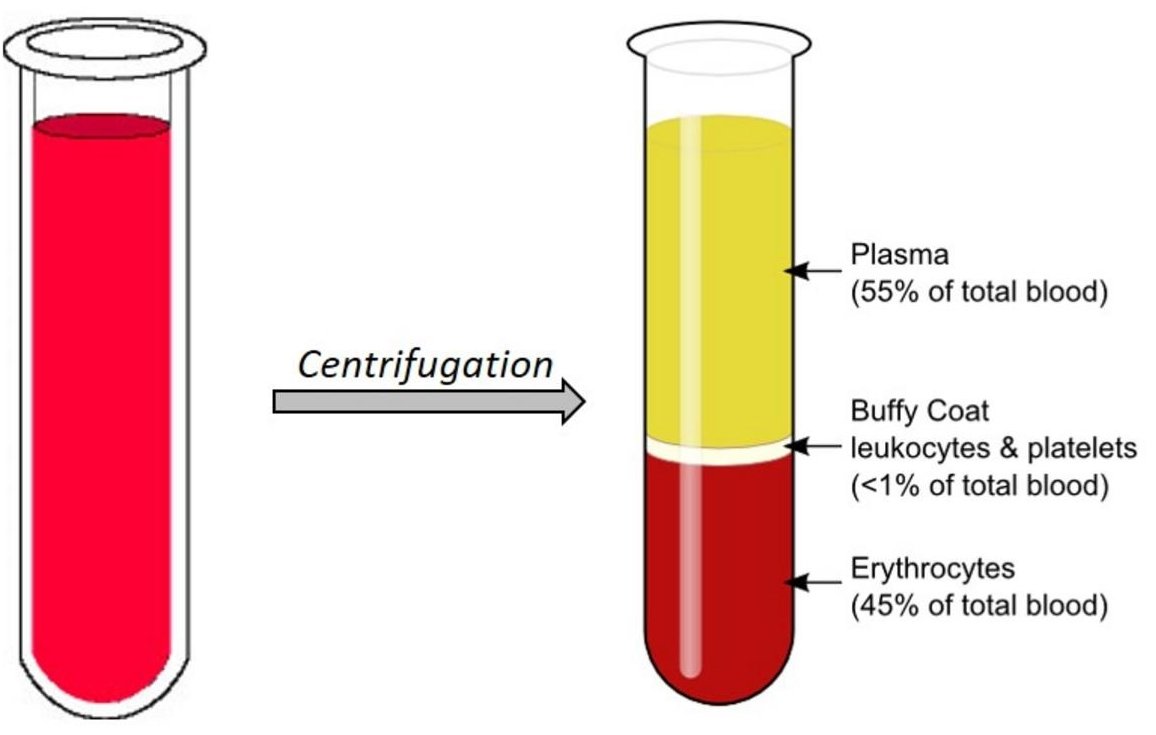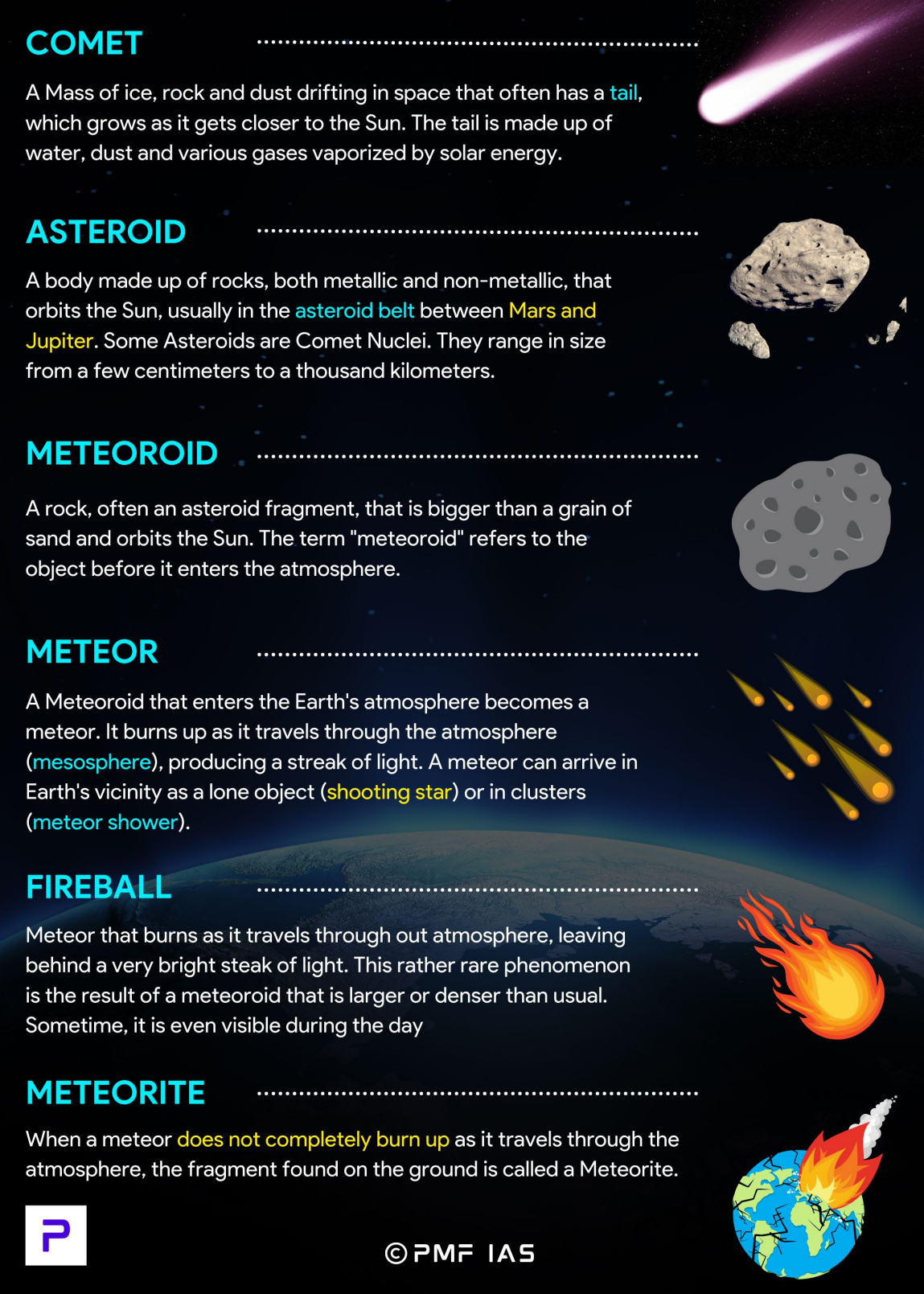
Current Affairs October 21, 2023: Palm Oil Plantations in India, National Commission for Backward Classes (NCBC), Galapagos Giant Tortoise
Subscribers of "Current Affairs" course can Download Daily Current Affairs in PDF/DOC
Subscribe to Never Miss an Important Update! Assured Discounts on New Products!
Must Join PMF IAS Telegram Channel & PMF IAS History Telegram Channel
{GS1 – A&C – Architecture} Jagannath Temple
- Context (IE): Devotees have demanded to open the Ratna Bhandar of the Puri Jagannath Temple.
- The Jagannath Temple is dedicated to Lord Jagannath (a form of Lord Vishnu) in Puri, Odisha.
- Jagannath, Balabhadra, and Subhadra are a trio of deities worshipped at the temple.
- It is famous for its annual Ratha Yatra, where the deities are pulled on decorated temple cars.
- It is one of the Char Dham pilgrimage sites.
Char Dham
|
Ratna Bhandar
- The Ratna Bhandar is the treasure room of the Puri Jagannath Temple.
- It consists of two chambers:
- Bhitar Bhandar (inner chamber)
- Bahara Bhandar (outer chamber)
- The inner chamber houses precious ornaments donated by devotees and former kings.
- The outer chamber is regularly opened during essential rituals and festivals to adorn the deities.
- However, the inner chamber hasn’t been opened for 38 years due to concerns about its structural integrity and the safety of the precious contents.
Why the Demand to Unlock it Now?
- The last inventory assessment was conducted in 1978. Opening the Ratna Bhandar would bring transparency and accountability regarding the valuable items stored in the temple.
- Opening the Ratna Bhandar requires permission from the Odisha government.
- In 2018, an attempt was made to open the inner chamber, as ordered by the Orissa HC.
- However, it could not be opened as the temple administration could not find the keys.
- In 2022, the ASI requested permission to inspect the inner chamber again but is awaiting approval.
{GS2 – Polity – IC – Constitutional Bodies} National Commission for Backward Classes (NCBC)
- Context (TH): The National Commission for Backward Classes (NCBC) issued notice to the West Bengal government over the inclusion of 87 castes in the Central OBC list.
- It asked the state government to furnish all required documentation for the proposal to include 87 castes in the Central OBC list.
- The National Commission for Backward Classes was set up in 1993 by an act of Parliament.
- The 102nd Constitutional Amendment Act of 2018 gave constitutional status to the NCBC.
- Before 2018:
- The NCBC could recommend:
- Inclusion and exclusion of castes from the OBC list.
- The level of income that cuts off the “creamy layer” from the benefits of reservation.
- The National Commission of Scheduled Castes (NCSC) addressed the grievances of the OBCs.
- The NCBC could recommend:
102nd Constitution Amendment Act 2018
- It added two new Articles, 338B and 342A.
Article 338B
- It provided the constitutional status to the NCBC.
- Increased the scope of functions assigned to the NCBC.
- It provided authority to NCBC to examine complaints and welfare measures regarding socially and educationally backward classes.
Article 342A
- It empowered the President to specify socially and educationally backward classes in various states and union territories.
Composition of NCBC
- The Commission comprises a chairperson, a vice-chairperson and three other members.
- They are appointed by the President by warrant under his hand and seal.
- The President also determines their conditions of service and tenure of office.
Functions of NCBC
- The NCBC is responsible for investigating and monitoring the implementation of safeguards for the backward classes as provided under the Constitution and other laws.
- The Commission also undertakes inquiries into specific complaints regarding the violation of rights.
- It provides advice and recommendations on the socio-economic development of these classes.
- The central and state governments must consult with the NCBC on all policy matters affecting socially and educationally backward classes.
- The NCBC is mandated to present annual reports to the President on implementing safeguards for the backward classes.
- These reports are subsequently tabled in Parliament and the legislative assemblies of the concerned states.
Powers of a civil court
- The NCBC has the powers of a civil court while investigating or inquiring into any complaints.
- These powers include:
- Summoning people and examining them on oath
- Requiring production of any document or public record
- Receiving evidence.
Two lists for OBCs
- Currently, for each state, there are two OBC lists:
- Central OBC list
- State OBC list
- The central list does not always reflect the state lists, which can differ significantly.
- A community identified as a nationally recognised OBC in the NCBC central list may be recognised only in specific states or only in limited areas within specific states.
- So, a caste may be included in the OBC list of a state and enjoy the reservation benefits in state government jobs and educational institutions but not with respect to central government jobs or educational institutions.
|
{GS2 – Polity – IC – FRs} Freedom of Belief
- Context (LiveLaw): The Kerala HC observed that forcing children during the Vidyarambham ceremony to write any prayer contrary to their parents’ choice goes against the freedom of free thoughts and belief.
- The Vidyarambham ceremony is usually conducted on the last day of Navaratri to introduce young children to the world of learning and knowledge.
- Petitioner argued that children would have to write ‘Hari Shree Ganapathaye Namah’, ‘Allahu Akbar’, ‘Praise to Jesus’, and ‘Amma, Achan’ apart from the English and Malayalam alphabets.
- The petitioner argued that children would be compelled to recite and write the mentioned prayers, which would go against their own religious convictions.
Right to Freedom of Religion
Article 25 of IC: Freedom of conscience and free profession, practice and propagation of religion
- All persons have the right to profess, practice, and propagate religion subject to public order, morality, and health.
- The state can make laws to:
- Regulate or restrict any economic, financial, political, or secular activity associated with religious practice.
- Provide social welfare and reform.
- Open the Hindu religious institutions to all classes and sections of Hindus.
Article 26 of IC: Freedom to manage religious affairs
- Every religious denomination or any section has the right:
- To establish and maintain institutions for religious and charitable purposes.
- To manage its affairs in matters of religion.
- To own and acquire movable and immovable property and administer such property as per law.
Article 27 of IC: Freedom as to payment of taxes for promotion of any particular religion
- Individuals cannot be forced to pay taxes to support or promote a particular religion or religious denomination.
Article 28 of IC: Freedom regarding attendance at religious instruction or religious worship in certain educational institutions
- Religious teaching is not allowed in educational institutions funded entirely by the government.
- The above provision doesn’t apply to educational institutions run by the government but is established through trust that mandates religious instruction in that institution.
- Any educational institution recognised by the government or receiving financial support from the government cannot force any individual of that educational institution to participate in any religious instruction or attend religious ceremonies conducted within the institution.
Article 29 of IC: Protection of interests of minorities
- Any section of the citizens with a distinct language, script, or culture has the right to conserve the same.
- Citizens cannot be denied admission into any educational institution maintained by the State or receive aid out of State funds on grounds only of religion, race, caste, or language.
{GS2 – Polity – IC – Parliament} Question Hour
- Context (IE): The CEO of the Hiranandani Group claimed that MP Mahua Moitra gave him her Parliament login and password so that he could “post the questions” directly “on her behalf when required”.
- Question Hour is a one-hour time period provided to MPs to ask questions to the minister and hold them accountable for the functioning of their ministries.
- When in session, LS generally starts with Question Hour.
- MPs can submit their question notices in two ways:
- Through online ‘Member’s Portal,’ using their ID and password.
- Fill out printed forms obtainable from the Parliamentary Notice Office.
Procedure for Raising the Questions
- It is governed by:
- Rules 32 to 54 of the “Rules of Procedure and Conduct of Business in LS”
- Directions 10 to 18 of the “Directions by the Speaker, LS
- To ask a question, an MP has to give a notice to the Secretary-General of LS.
- Usually questions must usually be notified at least 15 days in advance.
- A Member can submit up to 5 question notices, including oral and written answers, for any given day.
- If there are more than 5 notices, the extras are considered for the following day(s) during the same session for that Minister.
- The Speaker examines the notices of the questions and determines whether a question is admissible.
Different Types of Questions
- There are four different types of questions:
- Starred
- Unstarred
- Short-notice questions
- Questions addressed to private Members.
Starred Questions
- A starred question is asked by an MP and answered orally by the Minister-in-charge.
- Each MP is allowed to ask one starred question per day.
- Starred questions must be submitted at least 15 days in advance, and only 20 questions can be listed for oral answers daily.
- When a question is answered orally, supplementary questions can be asked thereon.
Unstarred Question
- An unstarred question receives a written reply from the Ministry.
- These also need to be submitted at least 15 days in advance.
- Only 230 questions can be listed for written answers in a day.
- Unlike starred questions, unstarred questions don’t permit any follow-up questions.
Short Notice Questions
- Short notice questions are ones pertaining to a matter of urgent public importance.
- They can be asked with less than ten days’ notice, with reasons for the short notice.
- Like a starred question, they are answered orally, followed by supplementary questions.
{GS2 – Vulnerable Sections – Women} Prevention of Sexual Harassment (PoSH) Act
- Context (TH): SC recognised that women could not access the protection provided by the POSH Act because they had not appointed officers in every district as required by the law.
- The Prevention of Sexual Harassment (PoSH) Act or Sexual Harassment of Women at Workplace (Prevention, Prohibition & Redressal) Act was enacted in 2013 to implement the Vishakha guideline.
- It covers concepts of quid pro quo (a favour or advantage granted in return for something) harassment and hostile work environment as sexual harassment.

- A woman can file a written complaint to the internal or local complaints committee within three to six months of the sexual harassment incident.
- It also makes the employer duty-bound to organise regular workshops and awareness programmes to educate employees about the Act and conduct orientation and programmes for ICC members.
- If the employer fails to constitute an ICC or does not abide by any other provision, they must pay a fine of up to ₹50,000, which increases for a repeat offence.
- The PoSH Act defines sexual harassment to include
- Unwelcome acts such as physical contact and sexual advances,
- A demand or request for sexual favours,
- Making sexually coloured remarks,
- Showing pornography and
- Any other unwelcome physical, verbal, or non-verbal conduct of a sexual nature.
District Officers under the POSH Act
- The POSH Act mandates States to appoint an officer in every district who would play a “pivotal” role in implementing the Act.
- Sections 5 and 6 of the POSH Act detail that the District Officers would constitute Local Complaints Committees (LCCs).
- LCC will receive complaints from women employed in small establishments with less than 10 workers or cases in which the assailant is the employer himself.
- A District Officer’s responsibilities included appointing nodal officers under the Act in rural, tribal and urban areas.
Safeguard mechanisms
Internal Complaints Committee (ICC)
- The law requires any employer with over ten employees to form an ICC.
- Any female employee can approach ICC and file a formal sexual harassment complaint.
- ICC has to be headed by a woman, have at least two women employees, another employee, and a third party such as an NGO worker with five years of experience.
Local Area Committee (LAC)
- The Act mandates the Local Area Committee (LAC) in every district to receive complaints from women working in firms with less than ten employees and from the informal sector, including domestic workers, home-based workers, voluntary government social workers, etc.
Lacunae of POSH Act
- Gender Neutrality: The PoSH act is not Gender Neutral. The safeguards under the POSH Act do not apply to ‘men victims’.
- Appointment of District Officers: The SC directed appointing district officers in each district within their territorial jurisdiction, as contemplated under Section 5 of the POSH Act.
- This was due to the realisation that treating Section 5 as a directory would leave a gaping hole in the otherwise clearly delineated workflow and redressal mechanism.
- Awareness and Accessibility: There is a need to spread awareness of the existence of local committees and make them approachable to the unorganised sector.
Vishaka Guidelines
SHe-Box
|
Recommendation for the PoSH Act
- Defining workplace: The PoSH policy should clearly define a ‘workplace’, which today extends to an employee’s home and should cover employees, clients, vendors, and trainees of the organisation.
- Inclusion of Both Genders: Companies should review the policy to include men and women.
- Clear Articulation for Filing a Complaint: The policy should clearly articulate how the aggrieved can file a complaint (via e-mail or phone) and provide a strict timeframe to investigate the same.
- Awareness Generation: Companies can generate awareness for preventing sexual harassment by conducting regular training and workshops.
- Helpline Support: Providing helpline support via phone or e-mail to employees by a third-party counsellor can be beneficial.
- Zero-tolerance policy: Advocating a zero-tolerance policy can give way to a safe working environment.
- Setting up an Employment Tribunal: The Justice Verma committee recommended an employment tribunal under the PoSH Act instead of the ICC.
- The employment tribunal would work as a civil court but may choose its procedure to deal with each complaint to ensure faster disposal of cases.
{GS3 – Agri – Issues} Palm Oil Plantations in India
- Context (HT | DTE | IE | BS | FE | HT | FL): GoI is aiming to increase domestic palm oil production to 1 million tonnes (MT) by 2030 under the National Mission on Edible Oils-Oil Palm (NMEO-OP).
- The plan is to increase the total area under oil palm by several companies, including Godrej Agrovet, Patanjali Food, and 3F oil palm agrotech industries.
National Mission on Edible Oils-Oil Palm (NMEO-OP)
- NMEO-OP is a centrally sponsored scheme launched by GoI in 2021-22.
- Objective: To enhance edible oil production by oil palm’s area expansion & productivity increase.
- Aim: To reduce the import burden of edible oils.
- Of the total outlay, 80% is GoI’s share and 20% is the state government’s share.
- Special focus regions: Northeast India and A&N Islands.
- NMEO-OP is being implemented in 15 states, including six northeastern states, Arunachal Pradesh, Assam, Manipur, Mizoram, Nagaland and Tripura.
|

Salient features of NMEO-OP
- Financial assistance for planting material
- Inputs for intercropping up to the gestation period of 4 years and for maintenance
- Price assurance
- Viability gap funding (a grant for projects that are economically justified but not financially viable)
India’s Oil Import Scenario and Why Palm Oil is Selected to Overcome the Situation
- India is the world’s largest importer of edible oils.
- India produces about 44% of its domestic edible oil consumption requirement.
- Of all the imported edible oils, the share of palm oil is about 56%, followed by soybean oil (27%), and sunflower oil (16%).
- India is the world’s largest importer and consumer of palm oil.

Major Concerns with Palm Oil Cultivation (esp. in Northeast India)
- Biodiversity loss: Monocropping of palm oil plantations lead to deforestation and biodiversity loss. E.g. Oil palm plantations in Mizoram had the lowest forest bird species richness (10 species).
- Water scarcity: Oil palm is water intensive, with each plant requiring 250-300 litres a day.
- Soil health deterioration: It requies large quantities of chemical fertilizers and pesticides.
- Shift in land tenure systems: These plantations shifts land tenure from community to private hands.
- Wrong terrain: According to FAO, 90% of Northeast India is unsuitable for oil palm cultivation.
- Infrastructure: Palm fruits must be processed within 48 hours of harvest, but the region lacks the infrastructure for rapid transport.
- Loss of food security: Traditional cultivation practices like jhum cultivation will be discouraged. This leads to the drying up of groundwater, loss of natural forest resources, and fewer food crops.
- Forest bird abundance in the jhum cultivation landscape was similar to rainforest and, on average, 304% higher than in oil palm plantations.
- Loss of livelihood: High cost, high labour, groundwater depletion, and loss of soil fertility associated with palm oil cultivation may cost the livelihood of farmers in the long run.
- Man-animal conflict: The oil palm will create a food crisis for many wildlife species as they don’t eat oil palm fruits. This will further aggravate the man-animal conflicts.
- Increase in zoonotic diseases: Monoculture crops can lead to the spread of zoonotic diseases by:
- Reducing biodiversity
- Increasing human-animal contact
- Altering ecosystem dynamics
- Health issues: Tropical oils like palm oil and coconut oil are high in saturated fat, which has long been linked to heart disease. They boost “bad” LDL cholesterol and triglycerides.

|
|
Supreme Court on A&N Islands Palm Oil Plantation Issue
- In 2002, the Supreme Court banned commercial and monoculture plantations in A&N’s forest lands, based on the Shekhar Singh Committee report.
- Now, the UT administration, in 2019, moved the SC seeking revocation of its 2002 ban.
- But the SC has questioned the UT administration and said:
- Oil palm plantation might lead to encroachment of forest lands.
- The Forest (Conservation) Act, 1980 and FC Rules, 2022 prohibit diversion of forest land for agricultural purposes and any non-site specific activity. So, permission to raise oil palm plantations is will open floodgates in all the states for similar purposes.
- The administration’s application to lift the ban, without identifying and demarcating the required forest land appears to be an attempt to bypass the due procedure under the FCA 1980.
- The availability of a large labour force for palm oil cultivation on the islands is uncertain, raising the risk of potential illegal migration from neighbouring countries.
GoI’s Justification on Palm Oil Cultivation
- Cultivation on agricultural lands: India’s current policy of oil palm development is to promote oil palm in agricultural lands by replacing low value crop. This reduces chance of biodiversity loss.
- Carbon sequestration: An oil palm plantations can sequester up to 15 tonnes of CO2 per hectare.
- Benefitting small farmers: The mission will benefit small farmers because:
- It will be implementated 100% by small farm holders.
- Companies cannot buy or lease land.
- GoI will give incentives for the first years when the farmer doesn’t get any income from the crop.
- The company will give farmers saplings that are ready to plant.
- Whatever the farmer produces, the company has to buy as per government-regulated price.
- High edible oil productivity: Oil palm produces 10 to 46 times more oil per hectare compared to other oilseed crops like mustard, sunflower, or sesame.
Oil Palm (Elaeis guineensis)
Conditions suitable for oil palm plantation
Uses
|
{GS3 – Agri – Schemes} Ghar-Ghar KCC Abhiyaan
- Context (PIB): ‘Ghar-Ghar KCC Abhiyaan’ is a campaign that extends the Kisan Credit Card (KCC) Scheme to all Indian farmers.
- The campaign aims to ensure every farmer has easy access to credit for agricultural needs.
- NABARD is the primary executing organisation for Ghar-Ghar KCC Abhiyaan.
Kisan Credit Card (KCC)
- The KCC scheme was introduced in 1998 to provide adequate and timely credit support from the banking system to the farmers for their cultivation and other needs.
- In 2004, the KCC scheme was extended to allied and non-farm activities.
- In the 2018-19 Budget, it was extended to fisheries and animal husbandry farmers.
- Implementing Agencies of KCC: Commercial Banks, Regional Rural Banks (RRBs), Small Finance Banks and Cooperatives.

KCC gives Credit for
- Short-term credit requirements for cultivating crops, rearing animals and aquatic organisms.
- Post-harvest expenses
- Produce marketing loan
- Consumption requirements of farmer household
- Working capital for maintenance of farm assets and activities allied to agriculture
- Investment credit requirement for agriculture and allied activities
75BEligibility of Farmers for KCC
- All farmers-individuals/Joint borrowers who are owner cultivators.
- Tenant farmers, oral lessees, and sharecroppers
- SHGs or Joint Liability Groups of farmers, etc.,
76BImportant Salient Features of KCC
- Credit limit is fixed based on operational land holding, cropping pattern, and scale of finance.
- Conversion/rescheduling of loans permissible in case of damage to crops due to natural calamities.
- Crop loans under the KCC for notified crops are covered under the Crop Insurance Scheme to protect farmers against crop loss by natural calamities, pest attacks, etc.
{GS3 – Envi – Conservation} Galapagos Giant Tortoises
- Context (ST): Galapagos giant tortoises are back to the Galápagos Islands (Ecuador) and prove their worth in reshaping an entire ecosystem.
- During the late 19th century, Galapagos giant tortoises almost became extinct due to:
- Poaching
- Introduced species, such as goats and rats. Goats overgrazed the fruits and plants the tortoises ate while rats preyed on their eggs.
- Finally after a century of captive breeding and controlling of introduced species, the giant tortises are reintroduced to Galápagos Islands in 2020.
- Now, after almost three years, these ecological architect tortoises have reshaped their ecosystem.
Galapagos Giant Tortoises: As Ecological Architect
- Seed dispersal
- Grazing: This prevent the growth of woody plants which shade small plants and also create open areas important for other animals, such as birds and lizards. E.g., it helped the return of critically endangered waved albatross.
- Trampling: Trampling can break up hard soils and create openings in the canopy which create opportunities for new plants to grow.
- Dung: Their dung is a valuable source of nutrients for plants.
Galapagos Giant Tortoises
- Galápagos giant tortoise is endemic to the Galápagos Islands (Ecuador), a volcanic archipelago in the Eastern Pacific.
- They are herbivorous long-lived animals, with lifespans in the wild of over 100 years.
- Habitat: Forest and shrubland.
- They are a keystone species in the Galápagos Islands ecosystem.
|

|
Difference between Turtle and Tortoise |
|
|
Turtles |
Tortoises |
| Turtles are water-dwelling reptiles. | Tortoises are land-dwelling reptiles. |
| They come to land to lay eggs. | They do everything on land. |
| They are good swimmers (fore and hind limbs are modified into paddles). | They are bad swimmers (fore and hind limbs are not modified into paddles). |
| Majority of them are carnivores, while some are
omnivores and very few are herbivores. |
They are herbivores. |
| They are comparatively smaller in size. | They are generally large in size. |
| They usually have short life span (20-40 years). | They usually have long life span (80-120 years). |
| Their heads can partially withdraw into shells. | Their heads can completely withdraw into shells. |
| Not all turtles are tortoises. | All tortoises are turtles as they belong to the order Testudines or Chelonia (reptiles having bodies encased in a bony shell). |
|
|
|
{Prelims – Envi – Species} Nilgiri Large Burrowing Spider (Haploclastus nilgirinus)
- Context (TH): Nilgiri large burrowing spider is threatened by illegal trade, habitat loss, etc.
- It is a venomous tarantula endemic to the Nilgiri Hills of the Western Ghats.
- It is a nocturnal predator that feeds on insects, other spiders, and small vertebrates.
- It lives in burrows that it digs in the ground.





![PMF IAS Environment for UPSC 2022-23 [paperback] PMF IAS [Nov 30, 2021]…](https://pmfias.b-cdn.net/wp-content/uploads/2024/04/pmfiasenvironmentforupsc2022-23paperbackpmfiasnov302021.jpg)
